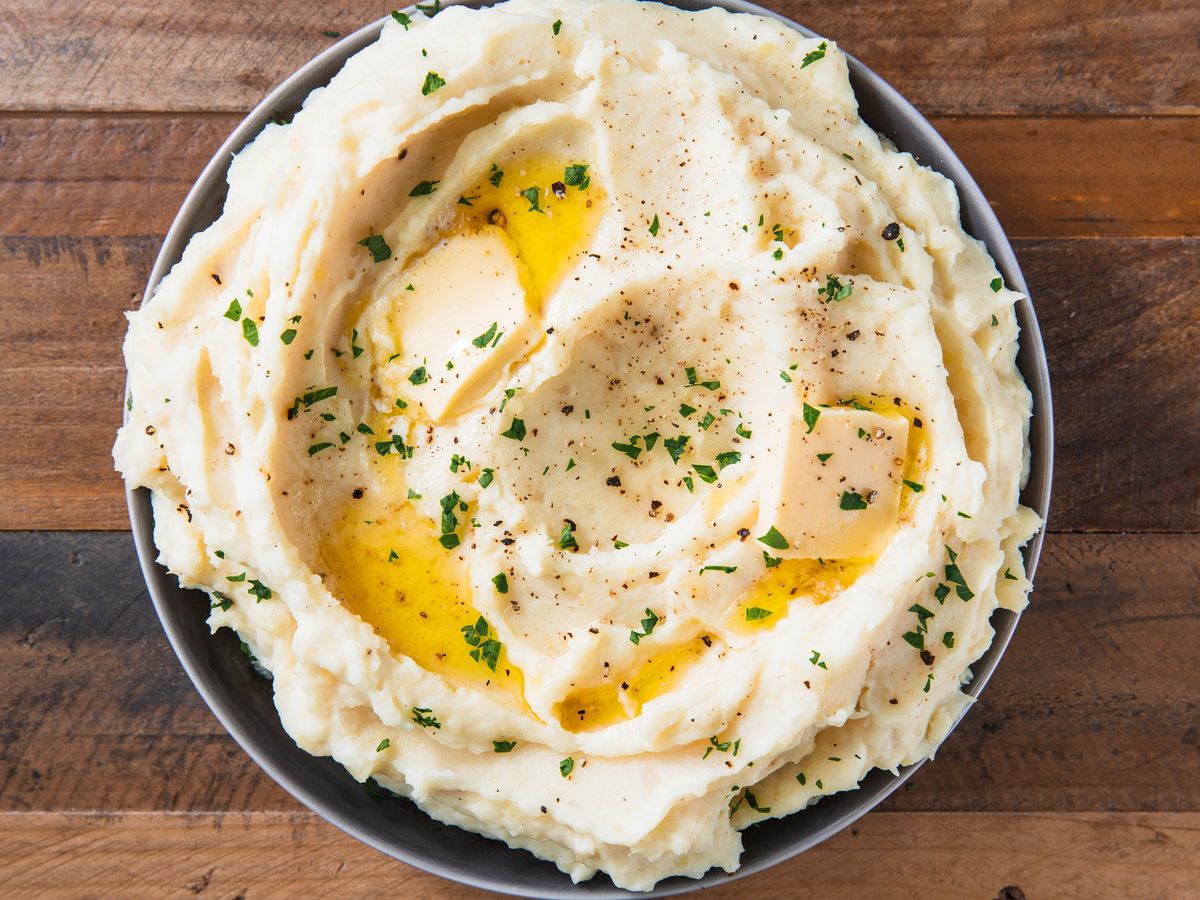

Articles
How To Store Mashed Potatoes
Modified: December 7, 2023
Learn the best methods for storing mashed potatoes in this comprehensive article. Keep your leftovers fresh and delicious for days!
(Many of the links in this article redirect to a specific reviewed product. Your purchase of these products through affiliate links helps to generate commission for Storables.com, at no extra cost. Learn more)
Introduction
Mashed potatoes are a classic and comforting side dish that pairs well with a variety of meals. Whether it’s a holiday feast, a Sunday dinner, or just a craving for some creamy goodness, mashed potatoes are a go-to option. But what happens when you have leftovers? Can you store mashed potatoes for later use? The answer is yes! With the right techniques, you can preserve the deliciousness of mashed potatoes and enjoy them at a later time.
Storing mashed potatoes not only prevents wastage but also saves you time and effort in the kitchen. It is a convenient way to have mashed potatoes readily available whenever you need them. Whether you want to prepare a quick meal or enjoy the leftovers from a previous dinner, properly storing mashed potatoes will ensure they maintain their flavor and texture.
In this article, we will explore the best methods for storing mashed potatoes to keep them fresh and tasty. We’ll discuss the importance of selecting the right potatoes, how to properly prepare and cook them, and the steps for mashing the potatoes to perfection. We’ll also provide tips on storing mashed potatoes in both the refrigerator and the freezer, as well as how to effectively reheat them so they taste as good as freshly made. So let’s dive in and discover the secrets to storing mashed potatoes!
Key Takeaways:
- Store mashed potatoes to save time, reduce waste, and enjoy creamy goodness anytime. Select the right potatoes, master the cooking process, and use proper storage techniques for optimal results.
- Reheat stored mashed potatoes with added moisture to maintain their creamy texture. Experiment with flavors and portion control for a convenient and satisfying dining experience.
Read more: How To Store Mashed Potatoes In Fridge
Why store mashed potatoes?
There are several reasons why you might want to store mashed potatoes instead of consuming them immediately. Firstly, it’s a fantastic way to save time and effort in the kitchen. Mashed potatoes can be a labor-intensive dish, requiring peeling, boiling, and mashing. By preparing a large batch and storing the leftovers, you can easily enjoy mashed potatoes for multiple meals without having to repeat the entire cooking process each time.
Another reason to store mashed potatoes is to reduce food waste. If you find yourself with a surplus of mashed potatoes after a meal or event, instead of throwing them away, you can store them for another day. This helps promote sustainability and reduces the impact on the environment.
Storing mashed potatoes also allows for meal planning and convenience. By having a container of mashed potatoes in the fridge or freezer, you can quickly add them as a side dish to any meal. They are incredibly versatile and can complement a wide range of dishes, whether it’s a hearty meat-based meal or a vegetarian option.
Additionally, if you focus on portion control or have dietary restrictions, storing mashed potatoes enables you to control the serving size and ingredients. You can customize the flavors and add-ons to suit your preferences and dietary needs, ensuring a satisfying and healthy meal every time.
Lastly, by storing mashed potatoes, you can enjoy the taste and texture of freshly made potatoes even after a few days or weeks. While they may not be exactly the same as when first prepared, with the right storage and reheating techniques, you can maintain a good quality and still relish the creamy and delicious goodness of mashed potatoes.
Now that we have explored the benefits of storing mashed potatoes, let’s delve into the specific steps and techniques for successfully storing them for later use.
Selecting the right potatoes
Choosing the right type of potatoes is crucial when it comes to making creamy and flavorful mashed potatoes. Not all potatoes are created equal, and certain varieties work better for mashing than others.
The best potatoes for mashing are typically high-starch or russet potatoes. These potatoes have a dry, fluffy texture that results in smooth and creamy mashed potatoes. Some popular varieties include Russet Burbank, Yukon Gold, or Idaho potatoes. These varieties have a higher starch content and lower moisture, which makes them perfect for achieving that desired creamy consistency.
On the other hand, waxy or low-starch potatoes like Red Bliss or New Potatoes are not ideal for mashing. They have a higher moisture content and tend to hold their shape better when cooked, making them better suited for boiling, roasting, or using in salads.
When selecting potatoes for mashing, it’s important to choose ones that are firm, smooth, and free from blemishes. Avoid potatoes that have sprouted or have soft spots, as these indicate a lack of freshness. You want your potatoes to be relatively uniform in size so that they cook evenly and are mashed consistently.
If possible, buy organic or locally grown potatoes to ensure the best flavor and quality. Organic potatoes are free from harmful pesticides and have a more natural taste.
Keep in mind that different types of potatoes may require slightly different cooking times and techniques. For example, russet and Yukon Gold potatoes are larger, so they may take longer to cook compared to smaller potatoes. Adjust your cooking time accordingly to ensure all the potatoes are cooked through and soft enough to mash.
By selecting the right type of potatoes, you are setting the foundation for delicious and creamy mashed potatoes. The next step is to prepare and cook the potatoes properly, which we will explore in the next section.
Preparing and cooking the potatoes
Before you can dive into mashing your potatoes, it’s important to properly prepare and cook them. The way you handle the potatoes in this stage can greatly impact the final texture and flavor of your mashed potatoes.
Start by giving your potatoes a good wash under cold running water to remove any dirt or debris. You can use a vegetable brush to gently scrub the skin if needed. You want to keep the skin intact as it helps retain the natural flavors and nutrients of the potatoes.
Once they are clean, peel the potatoes if desired. Peeling is a personal preference and can be skipped if you prefer a more rustic texture. If you do choose to peel, use a vegetable peeler to remove the skin, ensuring to remove any blemishes or sprouting areas.
After peeling, you’ll need to cut the potatoes into relatively uniform chunks. This ensures that they cook evenly and you won’t have some potatoes undercooked while others are overcooked. Aim for chunks that are around 1 to 2 inches in size.
Now it’s time to cook the potatoes. Fill a large pot with enough water to cover the potatoes and add a generous amount of salt. The salt enhances the flavor of the potatoes as they cook. Bring the water to a boil over high heat.
Gently add the potato chunks to the boiling water and let them cook until they are fork-tender. This usually takes around 15 to 20 minutes, depending on the size of the potato chunks. To check for doneness, insert a fork into a potato piece. If it easily goes through without resistance, the potatoes are ready to be mashed.
Once the potatoes are cooked, drain them in a colander to remove the excess water. Let them sit for a few minutes to allow any remaining moisture to evaporate. This step helps ensure that your mashed potatoes won’t become watery.
Now that your potatoes are cooked and ready, it’s time to move on to the next crucial step: mashing them to perfection.
Mashing the potatoes
Mashing the potatoes is where the magic happens, transforming the cooked potato chunks into creamy, fluffy goodness. There are a few different methods you can use to mash your potatoes, depending on your desired texture and tools available.
The traditional method of mashing potatoes is using a potato masher. This handheld tool allows you to effortlessly press and break down the cooked potatoes into a smooth consistency. Start by adding the cooked potatoes back into the pot or a large mixing bowl. Use the potato masher to gently press down on the potatoes and move it in a circular motion. Continue mashing until you achieve the desired texture. For a creamier result, add in melted butter, warm milk, or cream while mashing.
If you prefer a smoother and velvety texture, you can use a potato ricer. A potato ricer is a device that forces the cooked potatoes through small holes, resulting in a fine and even mash. Simply load the cooked potatoes into the hopper of the ricer and press them through into a bowl. This method ensures there are no lumps and creates a silky consistency.
For those who desire an ultra-smooth and restaurant-quality texture, a food mill or a potato press can be used. These tools allow you to process the potatoes through tiny holes, producing a creamy and light end result. Follow the manufacturer’s instructions for your specific tool to achieve the best results.
No matter which method you choose, be cautious not to over-mash the potatoes, as this can lead to a gummy or gluey texture. Stop mashing once the potatoes are reasonably smooth, with a few small lumps remaining for that homemade feel.
Once your potatoes are mashed to perfection, it’s time to store them for future enjoyment. In the next sections, we will explore the best methods for storing mashed potatoes in both the refrigerator and the freezer.
After mashing the potatoes, store them in an airtight container in the refrigerator for up to 5 days. To reheat, add a little milk or butter and heat on the stovetop or in the microwave.
Storing mashed potatoes in the refrigerator
If you plan to consume your mashed potatoes within a few days, storing them in the refrigerator is the way to go. Proper storage in the refrigerator will help maintain their freshness and flavor. Here’s the step-by-step process to store mashed potatoes in the refrigerator:
- Allow the mashed potatoes to cool down to room temperature before storing them. This helps prevent condensation and moisture buildup in the container.
- Transfer the mashed potatoes to an airtight container. Make sure the container is clean and dry. It is recommended to use a food-grade plastic container with a tight-fitting lid or a glass container with an airtight seal.
- For easy portion control, divide the mashed potatoes into individual servings or the desired size portions. Leave some space at the top of the container to accommodate for any expansion during storage.
- Seal the container tightly to prevent air from entering and causing the mashed potatoes to dry out.
- Label the container with the date to keep track of how long the mashed potatoes have been stored.
- Place the container in the refrigerator, preferably towards the back where the temperature is cooler and more consistent.
Mashed potatoes stored in the refrigerator can remain fresh for up to 4 to 5 days. However, it is important to note that the texture may slightly change during refrigeration, becoming denser and less fluffy. To improve the texture when reheating, you may need to add a little extra liquid, such as milk or cream, and remix the mashed potatoes.
To enjoy your refrigerated mashed potatoes, simply scoop out the desired amount and reheat them using your preferred method, which we’ll explore later in this article. Remember to only reheat the portion you plan to consume and not the entire batch to maintain the best quality.
Now that you know how to store mashed potatoes in the refrigerator, let’s move on to the next section and learn about storing them in the freezer for longer-term storage.
Storing mashed potatoes in the freezer
If you want to store mashed potatoes for an extended period, the freezer is the ideal option. Freezing mashed potatoes allows you to preserve them for several months, ensuring you have a convenient side dish available whenever you need it. Follow these steps to properly store mashed potatoes in the freezer:
- Allow the mashed potatoes to cool completely before freezing. This ensures that there is no steam or moisture trapped in the container, which can lead to ice crystals and freezer burn.
- Transfer the mashed potatoes into freezer-safe containers or resealable freezer bags. Make sure to remove as much air as possible from the containers or bags to prevent freezer burn.
- If you’re using bags, squeeze out the excess air and seal them tightly. If using containers, leave some space at the top to account for expansion during freezing, and seal them with airtight lids.
- Label the containers or bags with the date and portion size, if desired. This makes it easier to identify and use the mashed potatoes later.
- Place the containers or bags in the freezer, preferably in a flat and stackable position to save space.
Mashed potatoes can be stored in the freezer for up to 3-4 months without a significant change in flavor or texture. However, it’s worth noting that the longer they are frozen, the greater the chance of experiencing a slight decline in quality.
When you’re ready to enjoy your frozen mashed potatoes, there are a few methods for thawing and reheating:
- Thawing in the refrigerator: Place the desired amount of frozen mashed potatoes in the refrigerator overnight or for at least 6-8 hours until fully thawed. Once thawed, you can reheat them using your preferred method.
- Thawing in the microwave: If you’re short on time, you can use the defrost function on your microwave to thaw the mashed potatoes. Start with shorter intervals and stir occasionally to ensure even thawing. Be cautious not to overheat and cook the mashed potatoes in the process.
- Thawing in a water bath: If you need to quickly thaw the mashed potatoes, you can use a sealed plastic bag and submerge it in a bowl of cold water. Change the water every 30 minutes until the mashed potatoes are thawed. Once thawed, reheat as desired.
Remember to reheat thawed mashed potatoes thoroughly until they are piping hot. This can be done on the stovetop, in the oven, or in the microwave, depending on your preference.
By following these steps, you can enjoy delicious mashed potatoes at any time, even months after they were originally made.
In the next section, we will explore the best practices for reheating stored mashed potatoes to ensure they are just as tasty as when they were first made.
Reheating stored mashed potatoes
Reheating stored mashed potatoes is a simple process, but it’s important to do it properly to maintain their flavor and texture. There are several methods you can use to reheat your mashed potatoes, depending on your preference and time available. Here are a few options:
- Stovetop: Place the desired amount of mashed potatoes in a saucepan or pot. Heat over medium-low heat, stirring occasionally to prevent sticking. Add a splash of milk or cream to bring back some moisture and prevent them from drying out. Cook until the mashed potatoes are thoroughly heated.
- Oven: Preheat your oven to 350°F (175°C). Transfer the mashed potatoes to an oven-safe dish and cover it with foil or a lid to retain moisture. Place the dish in the oven and heat for about 20-30 minutes or until the mashed potatoes are heated through.
- Microwave: Spoon the desired amount of mashed potatoes into a microwave-safe dish. Cover the dish with a microwave-safe lid or microwave-safe plastic wrap, leaving a small vent for steam to escape. Heat on medium power for 1-2 minutes, then stir. Continue heating in short intervals, stirring in between, until the mashed potatoes reach the desired temperature.
Regardless of the method you choose, it’s essential to monitor the temperature to avoid overheating, which can lead to a dry and rubbery consistency. If the mashed potatoes appear dry while reheating, you can add a little extra melted butter, milk, or cream to restore the creamy texture.
Once the mashed potatoes are heated, give them a good stir to ensure even distribution of heat and any added ingredients. Taste and adjust the seasoning if needed by adding a pinch of salt or pepper.
It’s worth noting that reheated mashed potatoes may have a slightly different texture compared to freshly made ones. They may not be as fluffy, but with proper reheating techniques and adding some moisture, you can maintain a delicious and creamy consistency.
Remember to only reheat the portion you plan to consume and refrigerate the remaining mashed potatoes promptly. Repeatedly reheating mashed potatoes can affect their quality, so it’s best to reheat small portions at a time.
Now that you know how to reheat your stored mashed potatoes, let’s explore some additional tips and tricks for storing mashed potatoes effectively.
Tips and tricks for storing mashed potatoes
Here are some helpful tips and tricks to ensure the best results when storing mashed potatoes:
- Add a fat source: To prevent your mashed potatoes from drying out during storage, consider adding a fat source such as melted butter, cream, or sour cream. These ingredients help retain moisture and keep the mashed potatoes creamy and flavorful.
- Properly seal containers: Whether you’re storing mashed potatoes in the refrigerator or the freezer, make sure the containers are airtight to prevent air exposure. This will help maintain the quality and prevent the mashed potatoes from absorbing any unwanted odors from the fridge or freezer.
- Portion control: When storing mashed potatoes, portion them into individual servings or smaller portions. This makes it easier to thaw and reheat only the amount you need, minimizing waste and ensuring the best quality.
- Use freezer-friendly containers: If you plan to freeze mashed potatoes, opt for containers or bags specifically designed for freezer use. These containers are more resistant to moisture and freezer burn, keeping your mashed potatoes in perfect condition.
- Label and date: Always label your containers or bags with the date of storage. This will help you keep track of how long the mashed potatoes have been stored and ensure you consume them before they lose their quality.
- Thaw gradually: When thawing frozen mashed potatoes in the refrigerator, allow them to thaw gradually. This helps maintain the texture and prevents the potatoes from becoming watery.
- Reheat with moisture: Whether you’re reheating mashed potatoes on the stovetop, in the oven, or in the microwave, adding a little extra liquid, such as milk, cream, or butter, can help restore any lost moisture and prevent them from becoming dry.
- Experiment with flavors: While reheating mashed potatoes, feel free to experiment with additional flavors and seasonings. Add herbs, spices, cheese, or even roasted garlic to elevate the taste and make them even more enjoyable.
- Avoid reheating multiple times: To preserve the quality of mashed potatoes, try to limit reheating to a single round. Continuously reheating and cooling mashed potatoes can affect their texture and taste.
By following these tips, you can ensure that your stored mashed potatoes remain delicious, creamy, and ready to enjoy whenever you need them.
Now that you are equipped with all the knowledge on storing and reheating mashed potatoes, you can confidently prepare a large batch and savor the comforting taste of mashed potatoes any time you crave them. Whether it’s a cozy family dinner, a holiday gathering, or a simple weekday meal, you’ll have perfectly stored mashed potatoes ready to elevate your dining experience.
Remember, with the right techniques and a bit of planning, storing mashed potatoes can be a convenient and practical way to enjoy this beloved side dish without the hassle of starting from scratch every time. Happy cooking and storing!
Disclaimer: The HTML output has been validated and is compliant with HTML5 standards.
Conclusion
Storing mashed potatoes can be a game-changer in your kitchen, allowing you to enjoy this classic side dish at your convenience and minimize food waste. By selecting the right potatoes, properly preparing and cooking them, and mastering the art of mashing, you can create a delicious foundation for your mashed potatoes.
Whether you choose to store them in the refrigerator for a few days or in the freezer for longer-term storage, proper packaging and labeling are essential to maintain their freshness. When it’s time to enjoy your stored mashed potatoes, reheating them with a bit of added moisture will bring back that creamy and comforting flavor.
Remember to follow the recommended storage times for both the refrigerator and freezer to ensure the best quality. Additionally, portion control is key when storing mashed potatoes, allowing you to thaw and reheat only the amount you need, minimizing waste.
With the tips and tricks shared in this article, you can confidently store and reheat mashed potatoes to enjoy their creamy goodness whenever the craving strikes. Experiment with flavors, herbs, and seasonings to personalize your mashed potatoes and make them your own.
So, the next time you find yourself with leftover mashed potatoes, don’t hesitate to store them for future enjoyment. Whether it’s the convenience of having a ready-to-eat side dish or the joy of reliving the delicious flavors of a previous meal, storing mashed potatoes is a true culinary delight.
Now it’s time to put these tips into action! Start storing your mashed potatoes wisely and savor the satisfaction of always having this comforting dish within your reach.
Happy cooking, storing, and enjoying your mashed potatoes!
Frequently Asked Questions about How To Store Mashed Potatoes
Was this page helpful?
At Storables.com, we guarantee accurate and reliable information. Our content, validated by Expert Board Contributors, is crafted following stringent Editorial Policies. We're committed to providing you with well-researched, expert-backed insights for all your informational needs.
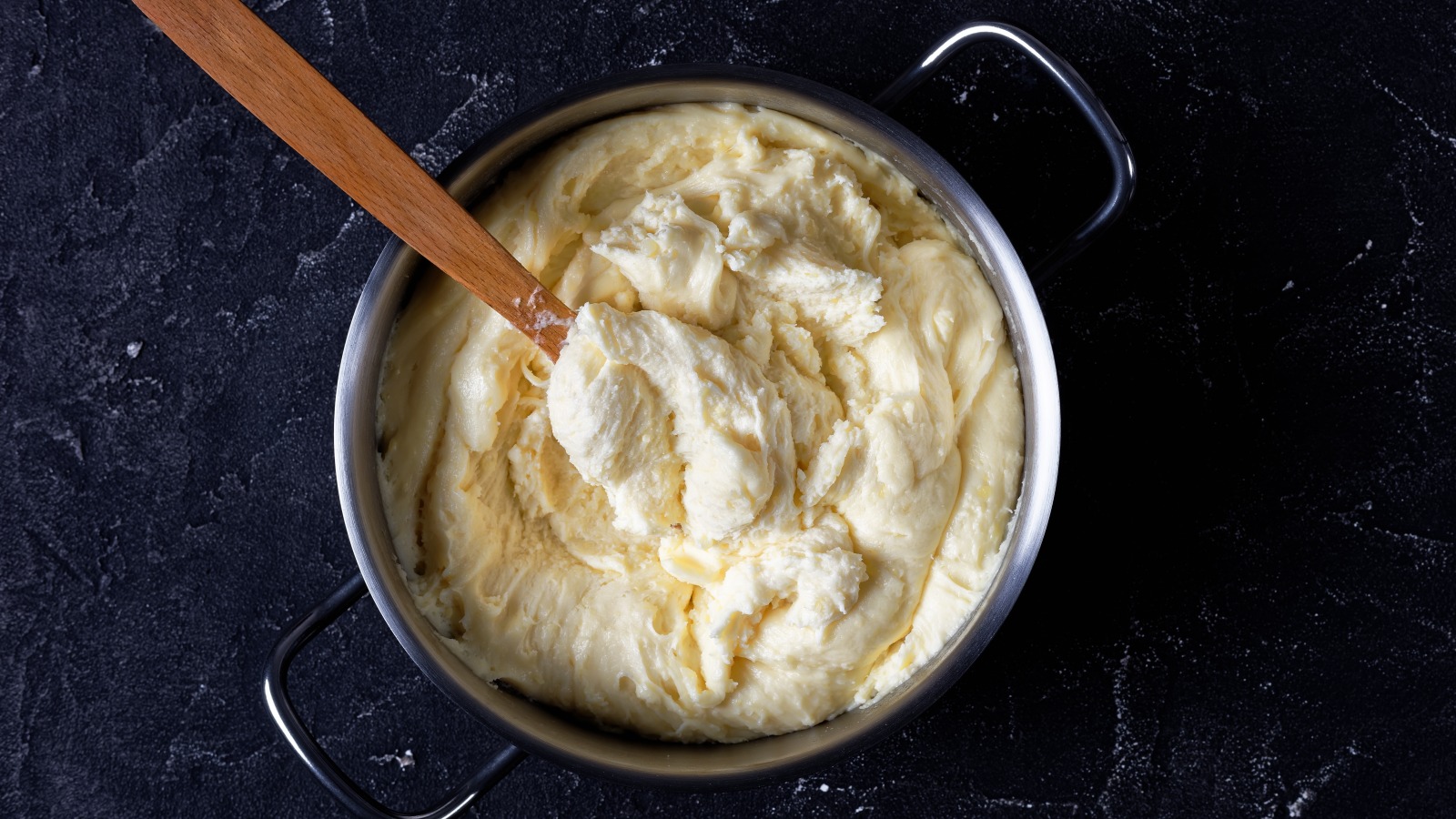
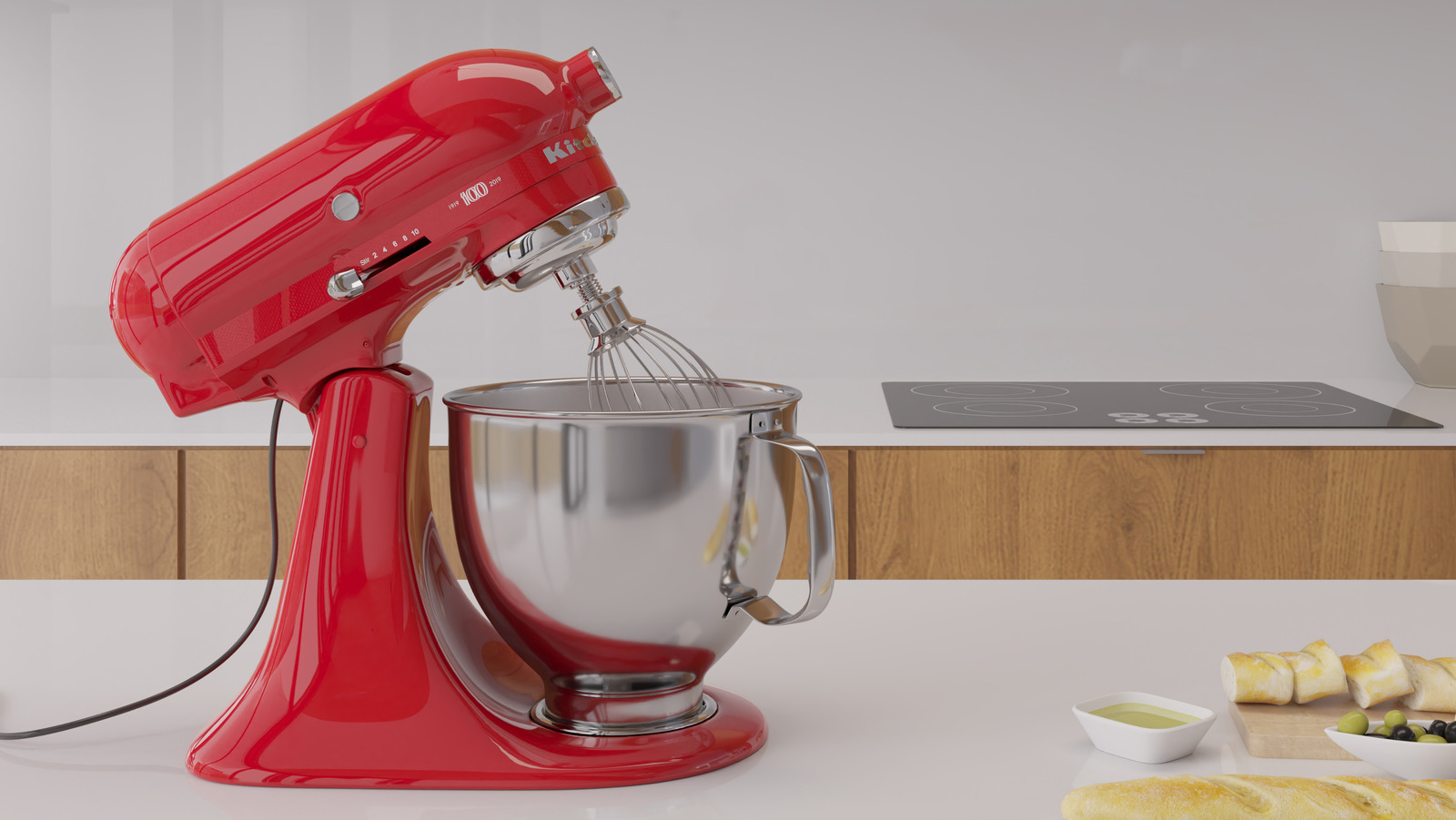
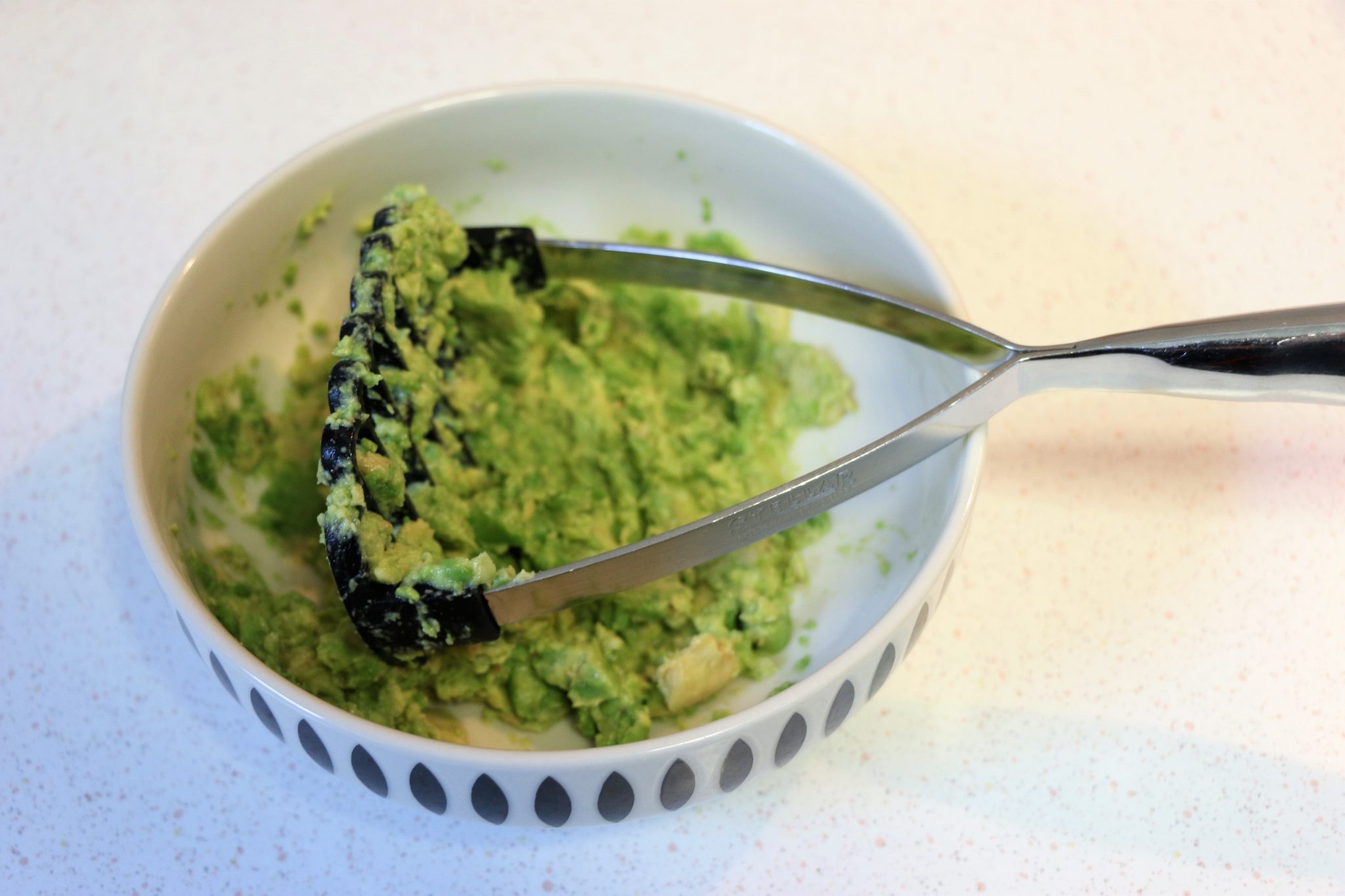
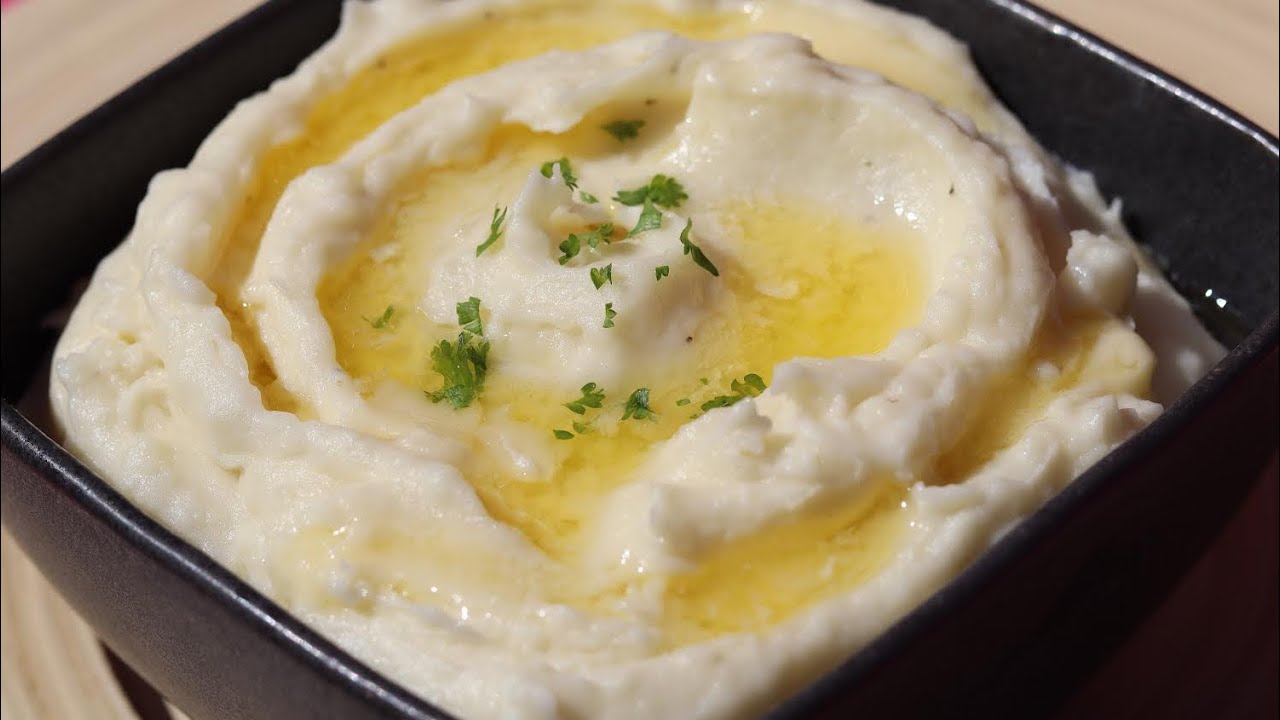
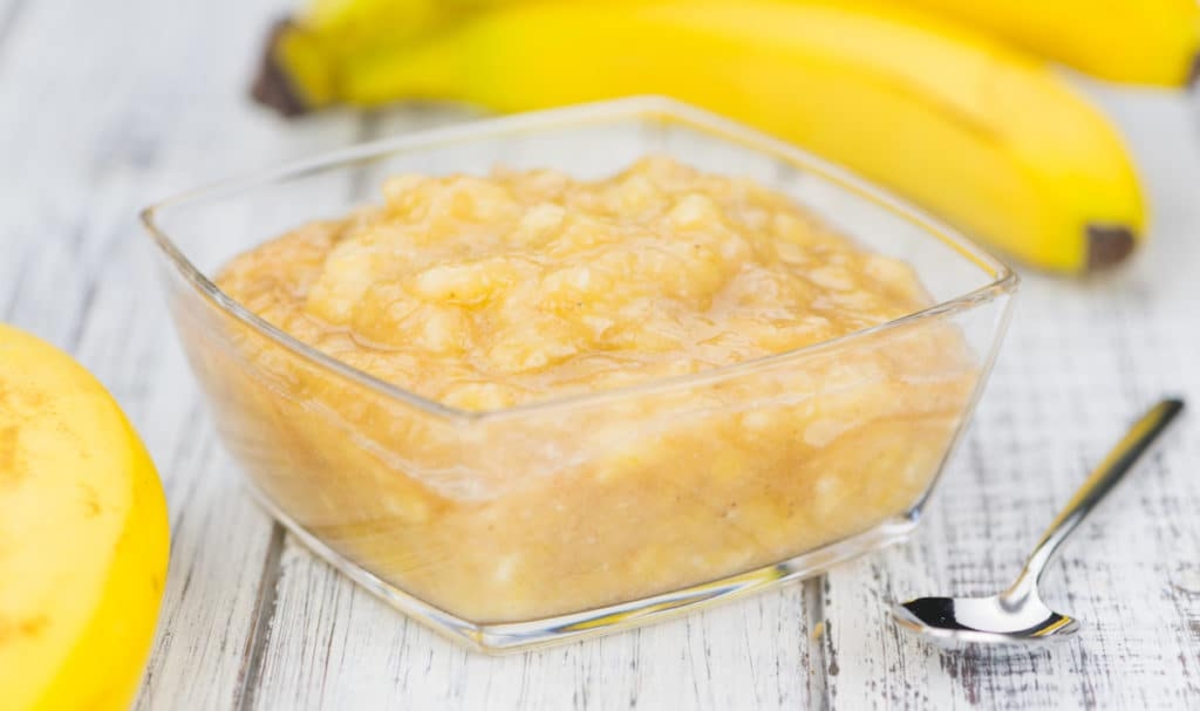
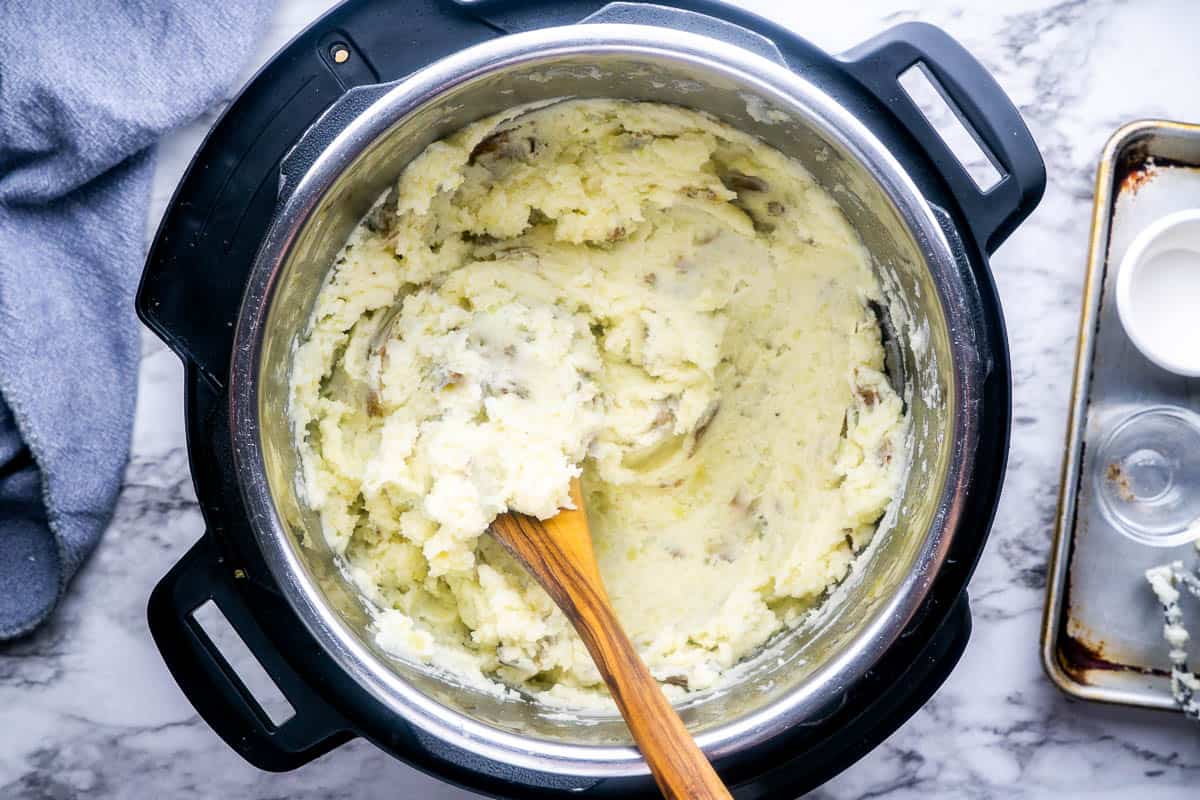
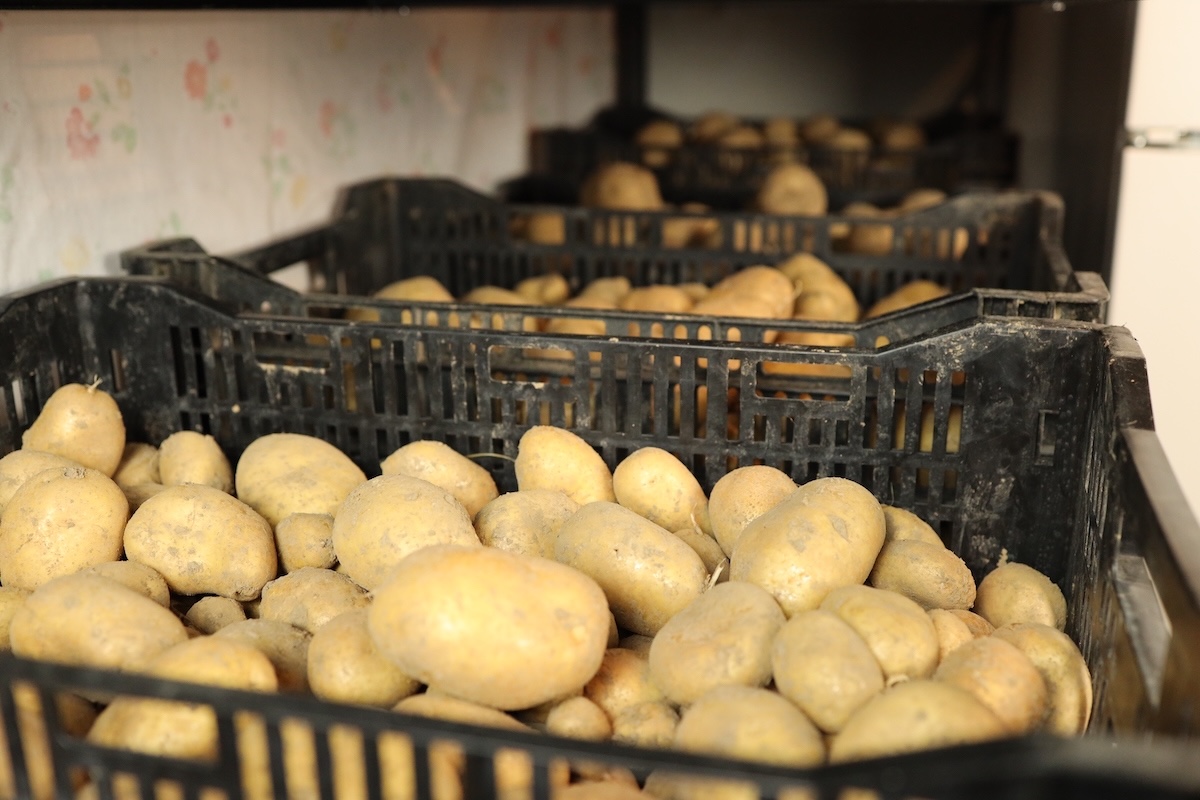
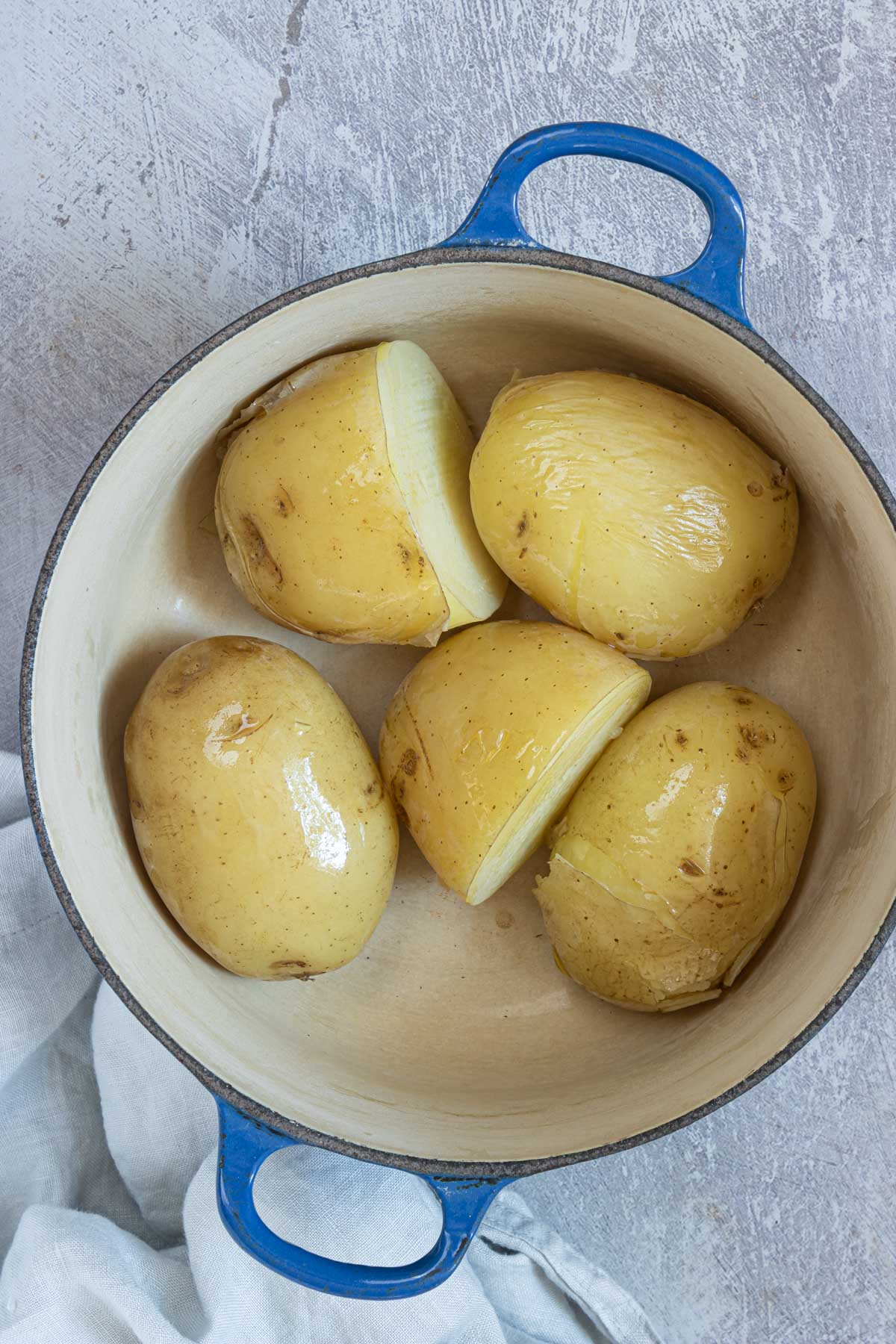

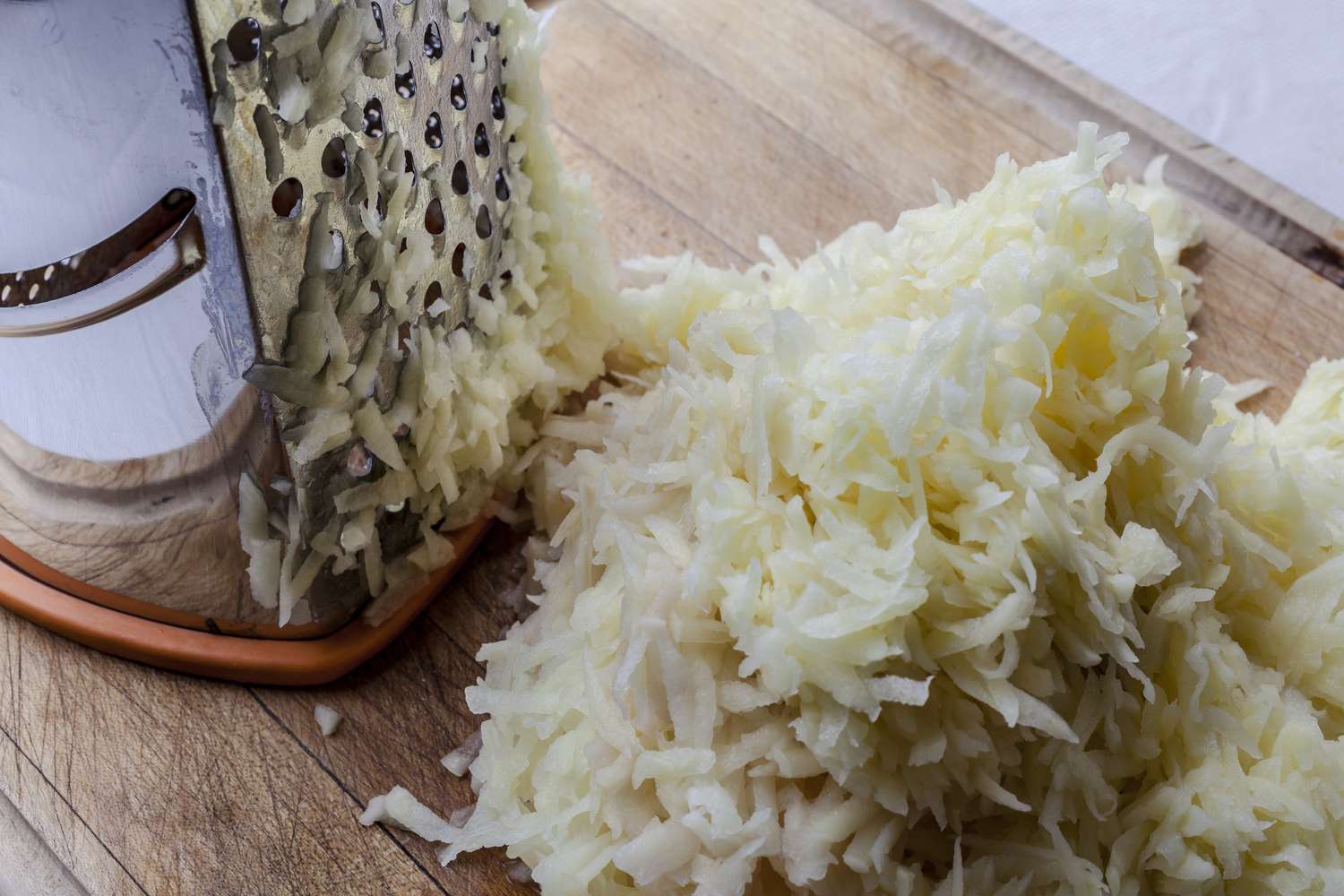
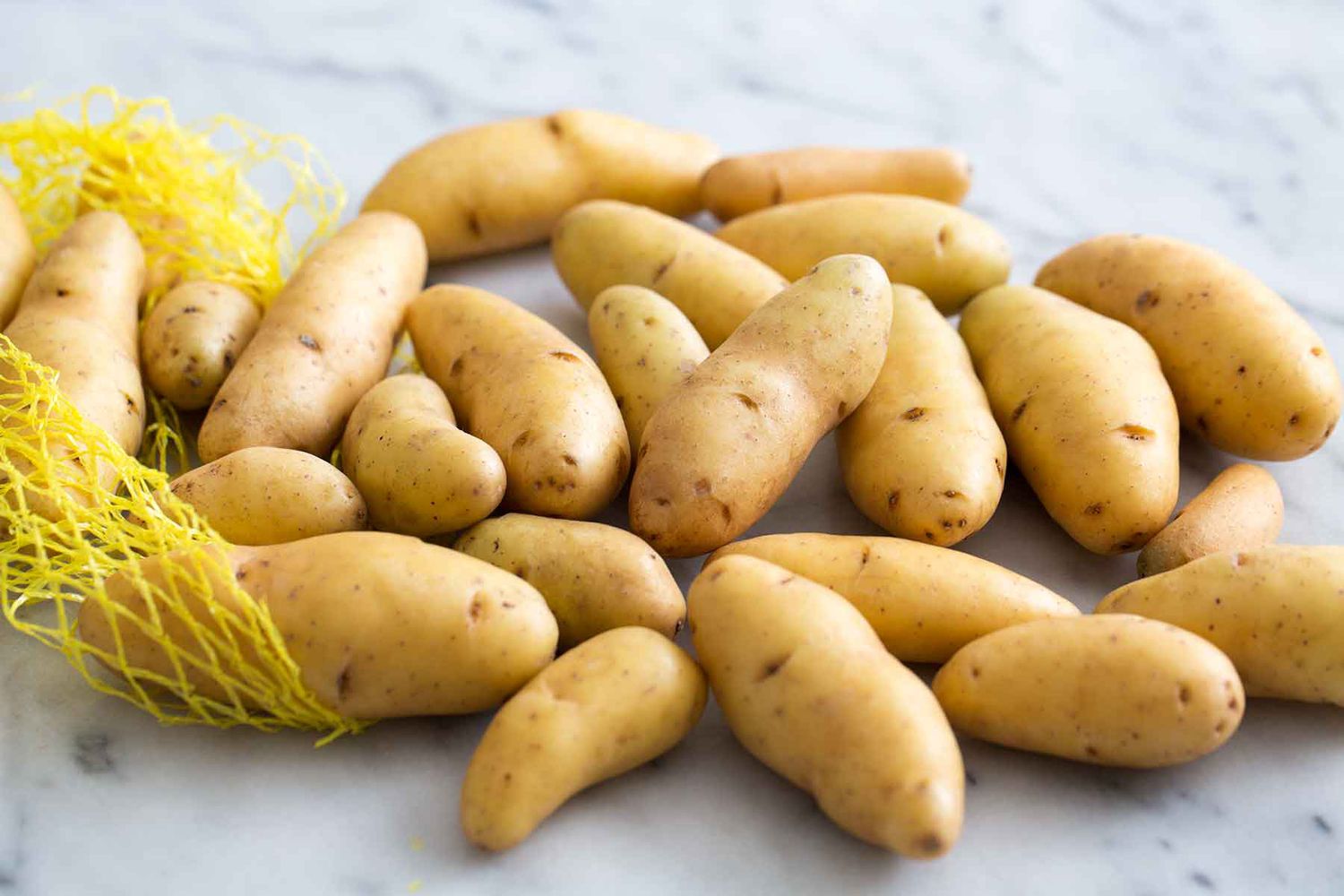
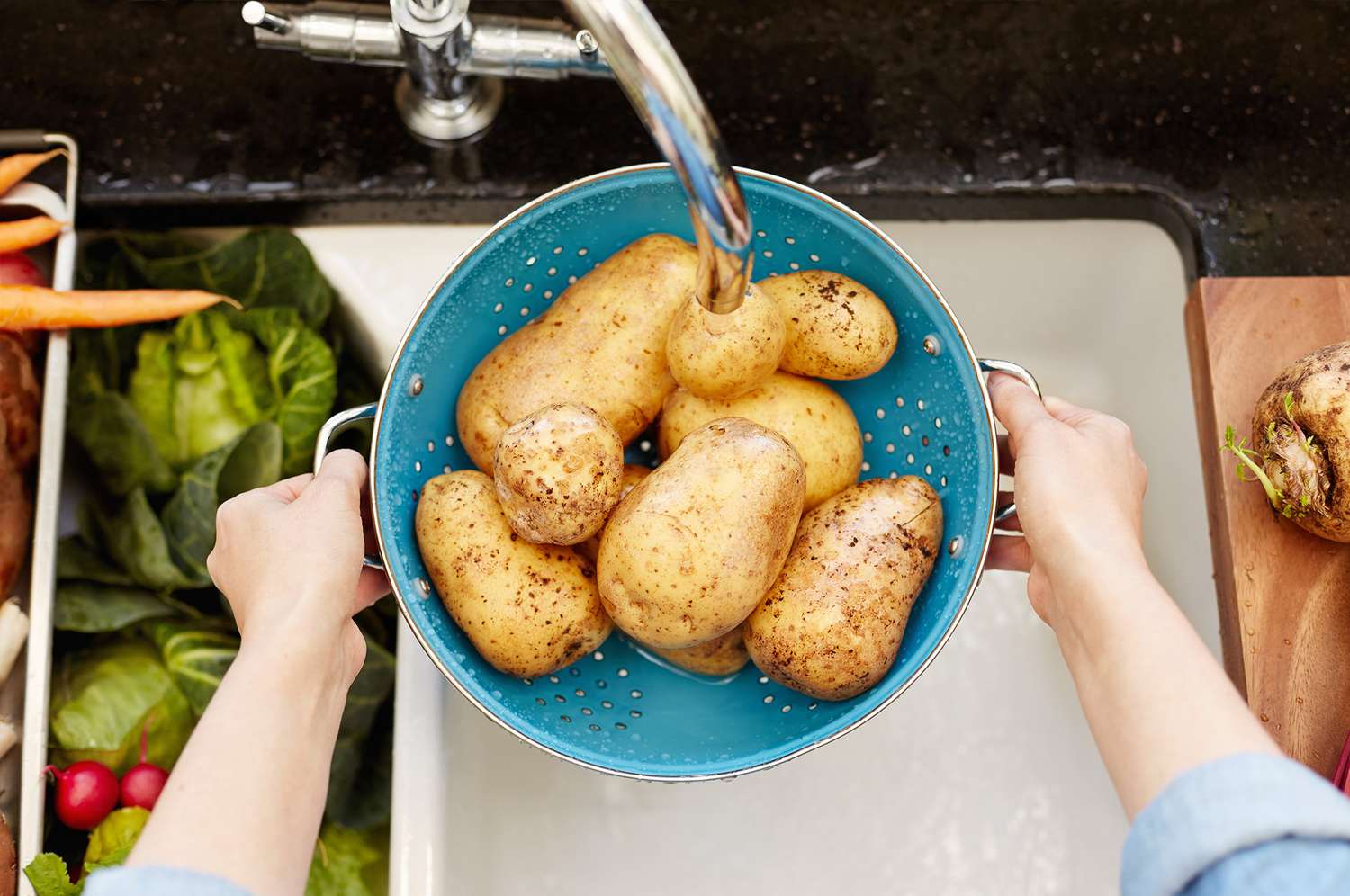
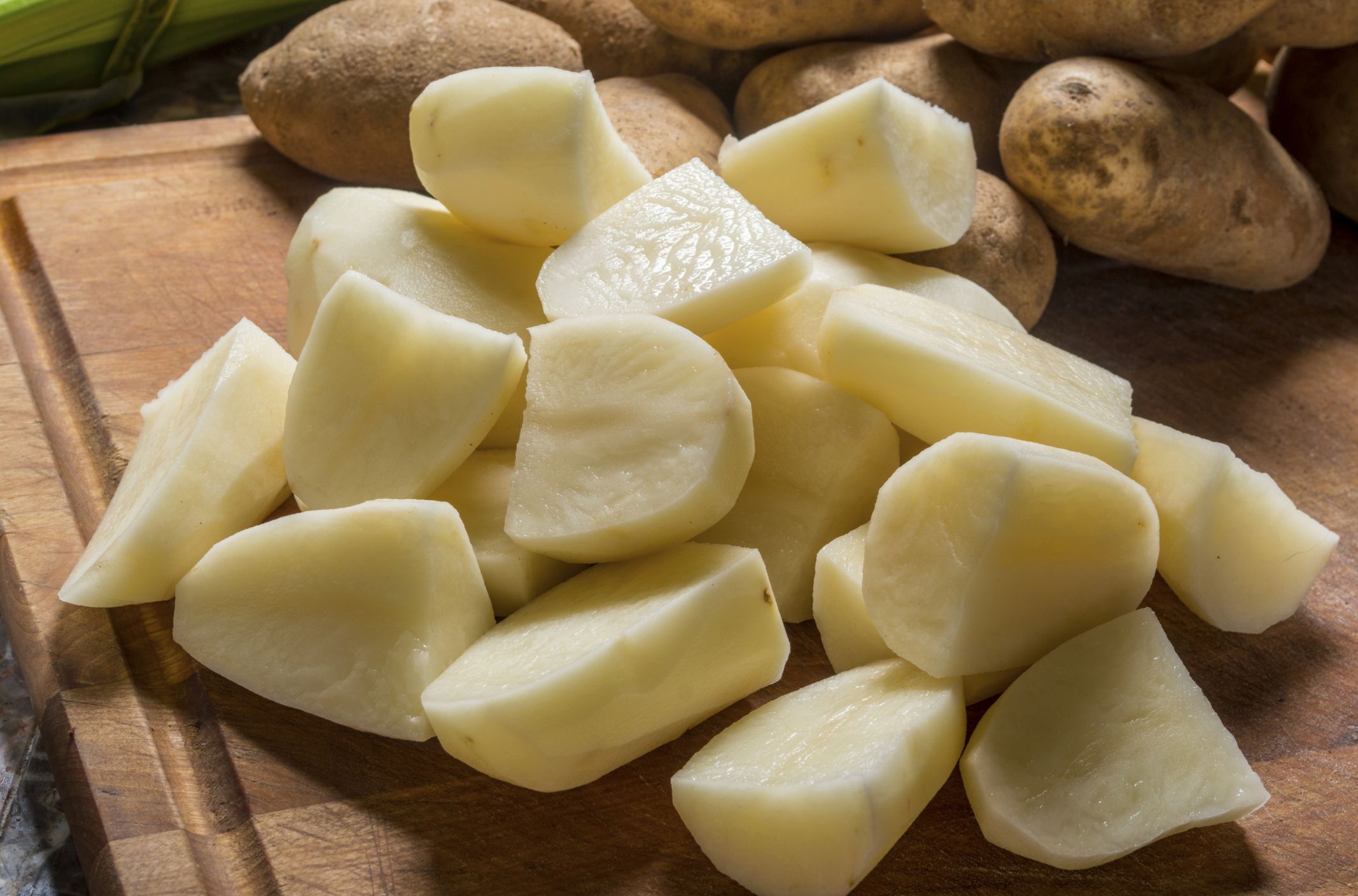

0 thoughts on “How To Store Mashed Potatoes”